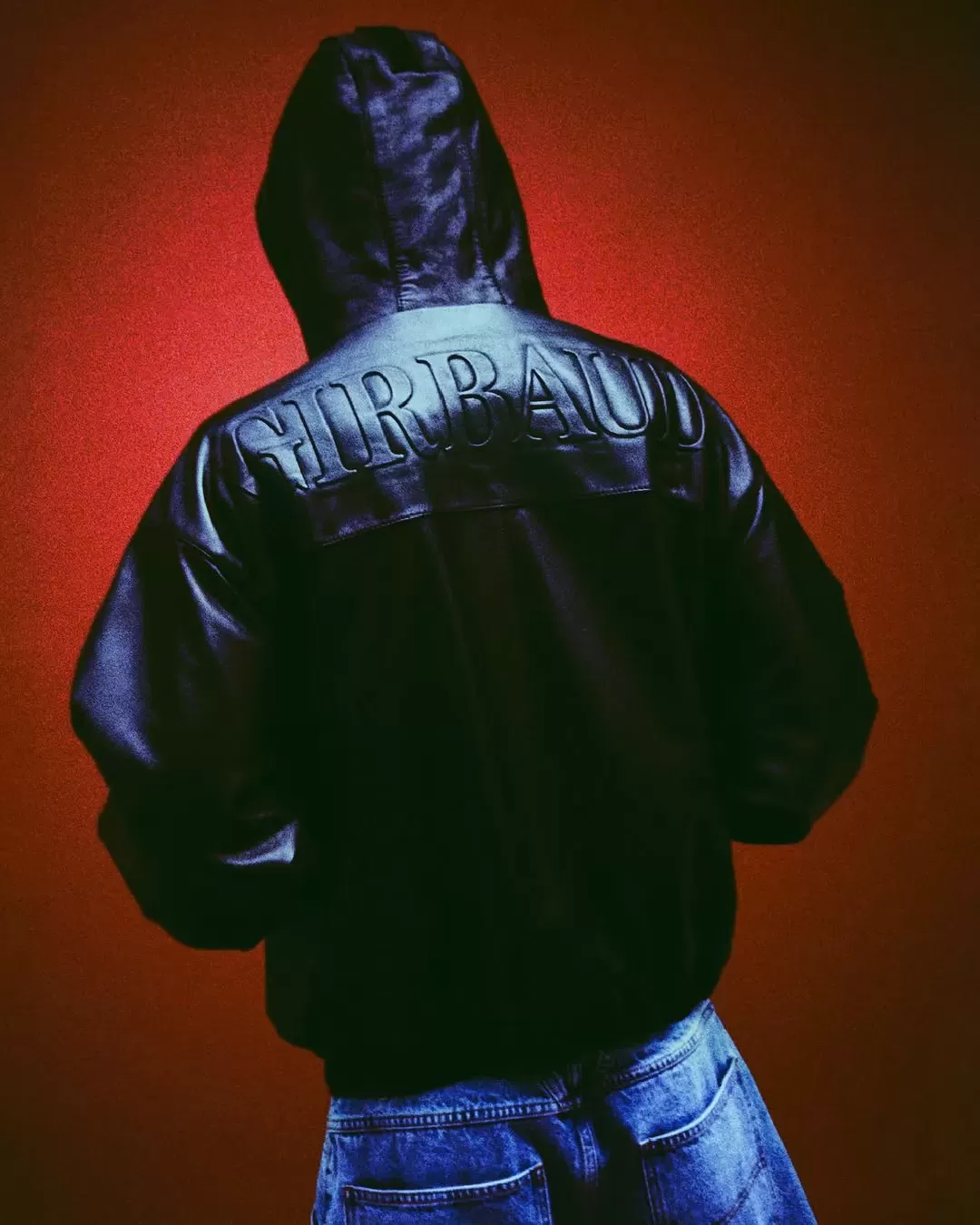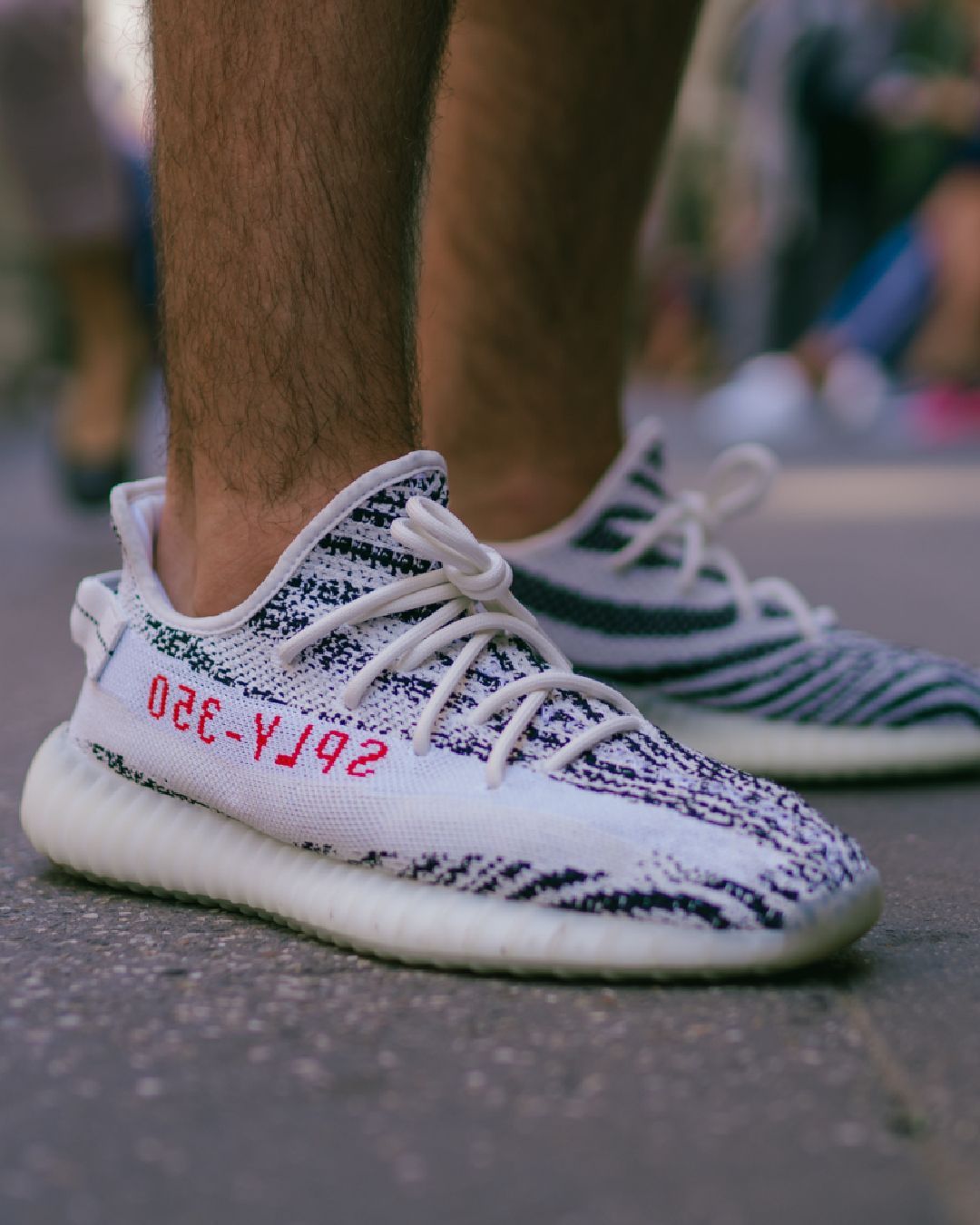
Is Stüssy really dethroning Supreme? In the streetwear competition, Californian vibes are prevailing over NYC
Stüssy and Supreme: on one side, the green palms, surfboards waxed with paraffin, and off-road vehicles covered in sand— all the clichés of the beautiful Californian coastal life. On the other, the noise of trucks and skateboard wheels moving on hot half pipes, and bloodied knees carrying youthful restlessness. Despite the association of names like James Jebbia of Supreme and Shawn Stussy, with those of Nigo and Hiroshi Fujiwara, who knew how to cultivate the streetwear scene in the Harajuku district back in the day, there are more than a few differences that have led to an increasingly strong differentiation between Supreme and Stüssy. Since their foundation, the two brands have been as much alike as they have been dissimilar. What has long kept them apart, besides purely geographical and age-related factors (the former was founded in 1994, the latter a good 10 years earlier), was the target audience, which, contrary to popular belief, often catered to two quite different niches—those of skateboarding and surfing. Then, as soon as streetwear entered the mainstream—taking the historical three-year period from 2015 to 2018 as reference—the identities of Supreme and Stüssy began to merge into the same broad pot, but accentuating their respective differences.
This happened when the hype around the New York brand grew enormously: extremely long queues crowded Supreme's flagship stores, the box logos were resold at prices that especially today seem outrageous. Stüssy, on the other hand, was synonymous with a more accessible alternative—both in terms of retail prices and availability. The items, at the time of release, did not sell out, nor did they become prey to the parallel market dominated by platforms like KLEKT and StockX. Also, considering the decent success of Palace Skateboards during that time frame, Stüssy was cool but not hyped. Nowadays, the situation has radically changed: Stüssy is the most coveted brand among the three, while Supreme is facing a moment of great uncertainty trying to regain a relevance now lost.
How Stüssy "surpassed" Supreme
Thanks to the dominant rise of menswear 2.0, a considerable loss of interest in logomania, and the consequent change in tastes by a large audience of young fashion enthusiasts who inhabit TikTok and Instagram, Supreme (and the imagery and aesthetics it was strongly associated with) lost the allure that once made it unique, effectively passing the baton to Stüssy. The brand founded by Shawn Stussy had the great ability to intercept the changing tastes of the fashion audience, understanding that the right strategy would be to preserve a DNA expressed through graphics, logos, and irreverent copy, pairing them with minimalist garments that aim to highlight silhouettes. If Supreme's is a product, Stüssy's is a style, both in terms of dressing and living. Stüssy has also put commendable effort into co-branding choices, which have undoubtedly given a different tone to the brand: just think of Tekla and Our Legacy, while not neglecting, at the same time, the more accessible and "commercial" partnerships, such as those with Converse and Levi's. Today, Stüssy still sells hoodies and trucker hats decorated with the Big Crown S Logo, but it doesn't hesitate to refine a wisely more minimal menswear, sharing the battleground with new and old competitors.
Stüssy not only realized that streetwear was as much a launch pad as it was a "cage", but also knew how to overturn its own roots without making them chaotic and disjointed in the eyes of potential buyers—new and old fans of the brand. This process occurred smoothly for two reasons. The first concerns its engagement with a very different audience compared to the one Supreme engages with on a daily basis. There are still many Stüssy collectors today, yet very rarely do they feel regrets about items released in the past—few are longing for a return of Stüssy to the 2010s, for example, unlike Supreme fans who are more than ever attached to a past that seems so unattainable. Secondly, the fact that Stüssy's garments did not enjoy the same iconic status as Supreme's (think of the Box Logo or the Photo Tee) allowed it to feel more carefree in conveying a renewed image of itself: it's no wonder that in the coming years Stüssy will release more and more instant classics focusing on craftsmanship, patterns, or silhouettes rather than repetitive and decidedly less versatile prints.















































